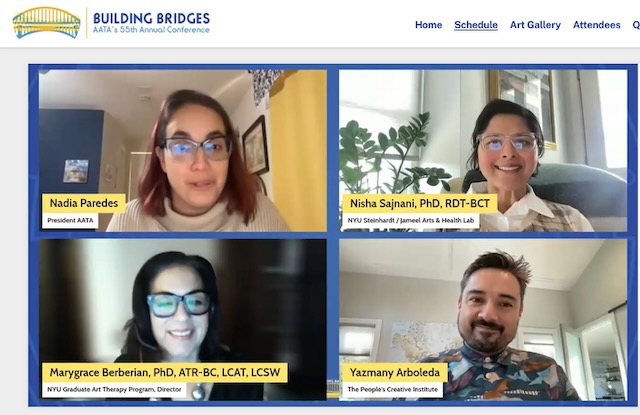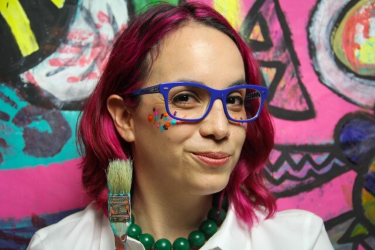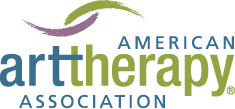January 10, 2025
The first few days of the New Year are always filled with excitement for me. I’m envisioning what our incredible profession will accomplish in the year ahead!
First and foremost, I’ve been thinking about the possibilities of the art therapy profession in a broader context of arts and health. The landscape is broadening for us as art therapists. From my travels around the United States and the world (blog post coming!), I’ve been able to witness first-hand a greater movement of the arts as essential for everyone’s wellness and healing.
While this movement is gaining momentum, for art therapists, the underlying idea isn’t a new one. For us, we have always seen art-making as a tool for personal/physical wellness as well as for community and institutional well-being. What’s different is that at this moment, we have an opportunity as art therapists and as the association that represents the profession to assert our role and help lead the conversation.
Two events have transformed my own thinking in this: In early 2024, I attended the White House and NEA Summit on Arts and Culture. There, the attendees, including many White House representatives, lawmakers in Congress, as well as Surgeon General Vivek Murthy, discussed the myriad ways art matters for the overall health of human beings. I was also impressed with how participants differentiated arts education, art and healing, and arts and mental health. The Summit also got me thinking of how we, as art therapists, can engage in the intersection of arts and health.
Then in October 2024, I had the honor of facilitating the virtual plenary session, Arts & Health Continuum with Dr. Nisha Sajnani, Dr. Marygrace Berberian, and Artist Yazmany Arboleda. We further discussed this concept of art therapy within a broader context. As Dr. Sajnani acknowledged, art therapists have never cornered the market on creative expression for healing; creative expression is as old as humanity.
The panelists all enumerated the new ways the arts are being used as vital tools, from improving physical health to re-vitalizing community engagement. In rehabilitation, for example, art-making can play a critical role in developing physical balance.
We also looked at how community art-making is an integral part of New York City’s Civic Engagement Commission programs, including its annual citywide Participatory Budgeting (PB) initiative.

For me personally, it was an eye-opening conversation about the potential for art therapists to be recognized as innovators and leaders in our communities. I hope that the power of art therapy will continue emerging from being seen as responding specifically to mental health needs to supporting physical health and the well-being of communities and civic institutions. It’s the way so many of us already see the work we do. And I don’t believe that it diminishes our profession; but rather, this momentum will raise awareness of art therapy’s power and help us achieve other goals like licensure and insurance reimbursement.
So, as we begin this New Year, I invite you to watch the virtual plenary session, Arts & Health Continuum. As a member benefit, AATA is offering this session at no cost to AATA Members. If you attended the AATA2024 virtual conference, you can view the session (and other sessions) through the Online Learning Academy. If you would prefer to receive Continuing Education credit for the session, you may purchase the session here ($34 for AATA Members, $54 for non-members).
Next, I want to encourage you to get more engaged in our AATA community in the New Year. As new opportunities present themselves to advance art therapy, we need to be ready! So if you haven’t already, please join us! (Find membership options here).
- If you’re a member, please attend our next All Member Meeting to be held February 26. (Register here.)
- Join the conversation in the MyAATA Member Community or a virtual Shared Interest Group. (Don’t just lurk, but actively ask and answer questions so we can support each other! Or simply introduce yourself and your expertise.)
- Consider submitting a proposal for the AATA2025 in-person or virtual conferences
- Join an art therapy licensure campaign in your state.
Thank you for all for this honor to serve as AATA’s President and the opportunity to work with our amazing volunteer leaders and talented members to advance our profession. At any time, please reach out to me directly at president@arttherapy.org.
With best wishes for the New Year,

Nadia Paredes, MA, LMFT, ATR
President of the American Art Therapy Association
